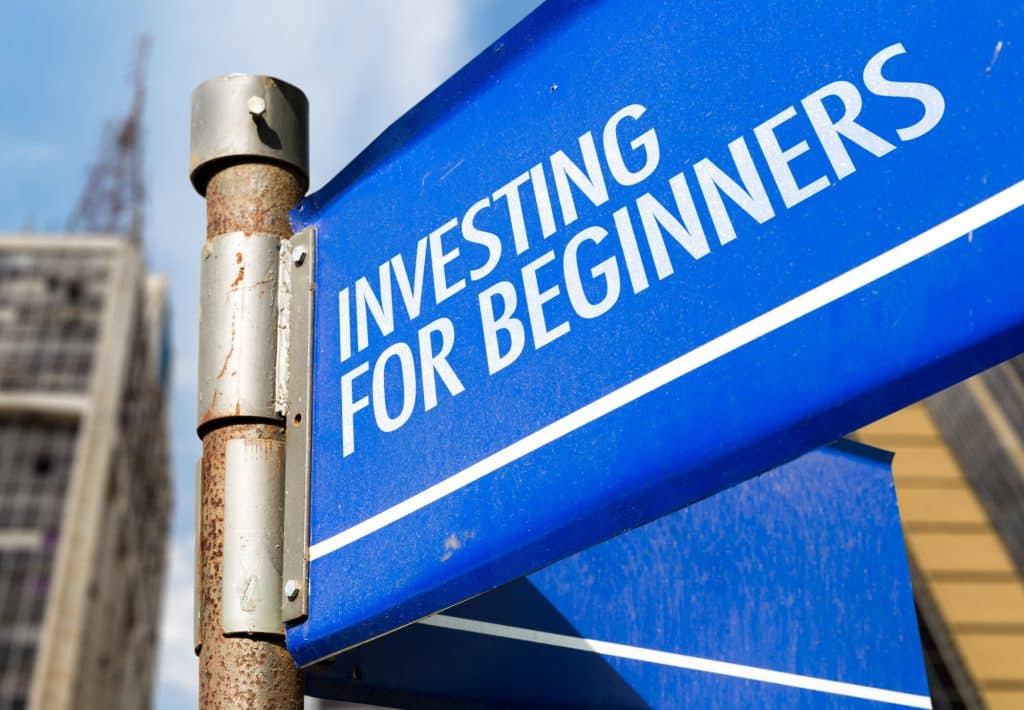Did you know that about 145 million Americans own stock? That means that 56% of American adults are invested in the stock market.
Whether you’ve been planning on investing for a while or you’ve gotten swept up in some of the recent meme-stock crazes, learning how to start investing money is an exciting juncture in life.
If you’re looking for information about investing for beginners, you’ve come to the right place.
Let’s take a look at the steps you need to take to come up with a solid investing plan.
Determine Your Style
In the world of investing, there are two primary camps of how to invest your money. These are passive investing and active investing. Both of these have their advantages so long as you are interested in the long term rather than hoping for wins in the short term.
Depending on your personal situation, one of these types of investing might be more appropriate for you.
Active investing is when you do the work to research investments and build and maintain your portfolio. Basically, if you’re planning on signing up with an online broker and buying and selling individual stocks, then you’re thinking about being an active investor.
There are three things you need to ensure that you are successful as an active investor. These include time, knowledge, and desire.
Basically, you’ll need to do a lot of research and homework to be an active investor. You’ll also need to become quite knowledgeable about the stock market and the individual stocks you’re trading. Lastly, you’ll need to want to spend time this way as it’s a big time commitment.
Passive investing, on the other hand, involves putting your money in investment vehicles and letting someone else do all of the hard work. Investing in mutual funds is one type of passive investing, for example. With this type of investing, you can get good returns in the long run and you don’t have to put in nearly as much effort.
Some people choose to go a hybrid route such as using a robo-advisor or hiring a financial advisor.
Determine Your Budget
The next step is to figure out how much money you want to budget for investing. You actually don’t need as much money as you think to start investing, and can start a portfolio with as little as $100.
You will want to make sure that you are ready to invest before you take the plunge. Having an emergency fund is key before you start putting your money into investments. An emergency fund is cash that you have in an accessible account so that you can withdraw it quickly if necessary.
There is some level of risk when it comes to all investments and you want to avoid having to sell your investments out of necessity at an unideal time. Having an emergency fund can help avoid this outcome.
Six months worth of expenses is generally considered a good emergency fund. However, you don’t necessarily need to have that much money before you start a portfolio.
It’s also advised that you take care of any high-interest debt before you start investing. Basically, if you invest in the stock market while you have high-interest debt, you will typically lose money over the long run because of the amount of interest you owe.
Determine Your Risk Tolerance
The last piece of the puzzle is how risk tolerant you are. There is a risk to all investments, but some are riskier than others. Typically, the higher profit you stand to make the more you are at risk of losing. The less risk-tolerant you are, on the other hand, the less profit you will typically make in returns.
You will want to find the balance point that works for you between a risk level you’re comfortable with and maximizing the returns on your money. For example, the whole stock market returns almost 10% a year on average while bonds offer returns around 2-3%. However, bonds are much lower risk than stocks.
There can be huge differences in risk with the broad categories of stocks and bonds, too. You’ll want to understand what you’re getting into whenever you are thinking about making investments whether it’s stocks, bonds, real estate, silver, or something else entirely.
Some advisors suggest that beginners can start with robo-advisors to help them make a plan that works with their goals and risk tolerance. Basically, a robo-advisor is a brokerage service that builds and maintains a portfolio for you with the goal of maximizing your potential for returns and staying within your range of risk tolerance.
Are you looking to learn about different stock investment strategies? If so, check out this article.
How to Start Investing Money: Knowledge Is Power!
It’s easy to get swept up in the latest meme-stock when you’re making investments for the first time. However, it’s a really good idea to step back and look at all of your options with a more sober perspective. Sure, there are opportunities to make money in the stock market, but there is also the risk of losing a lot if you aren’t careful.
If you want to learn how to start investing, there is no substitute for doing a lot of fairly dry research about the market. However, passive investing is definitely a better choice if you aren’t interested in reading financial books or blogs.
Are you looking for more information on all things financial? If so, be sure to check out the rest of our blogs for more articles on investing and finance!
